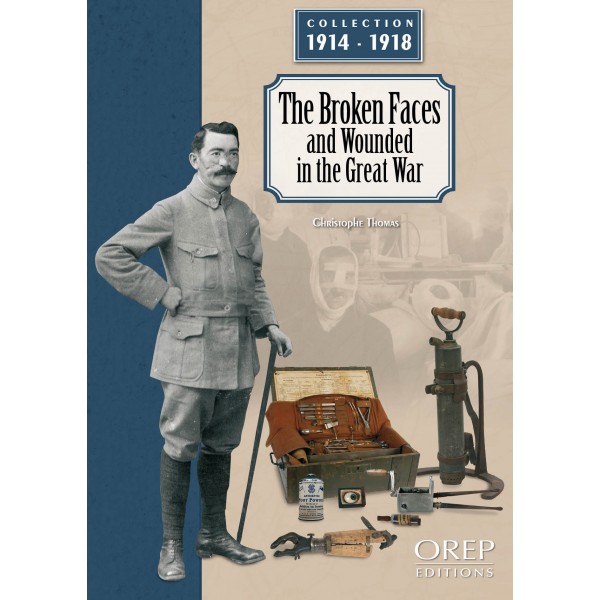





The trauma associated with the Great War was a source of both
physical and psychological suffering for combatants. Its various forms and their severity required the deployment of many technological and scientific resources on the battlefield. Confronted with a multitude of wounded soldiers and hitherto unknown pathologies, doctors and surgeons needed to improvise and experiment.
For the luckiest, normal life could be resumed; however, for others, severe sequelae transformed the return to civilian life into another ordeal. Their omnipresent figures and faces in the post-war landscape reminded the entire society of their great sacrifice, ‘So, that man who walks by with an empty sleeve, did he fight in the war too […]? And that young man with two wooden legs, he wasn’t always like that? Before, he walked on two bending legs, just like you and I? And that one, driven by a woman and who needs to lift his head up to see the light of day, has he seen God’s sun?’
(Translated from La Sainte Face, Élie Faure)
Broché